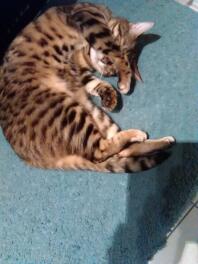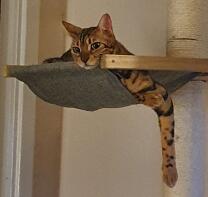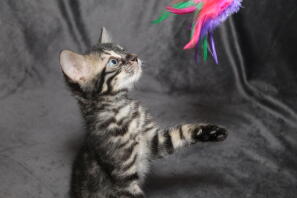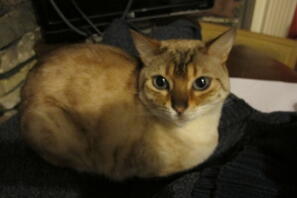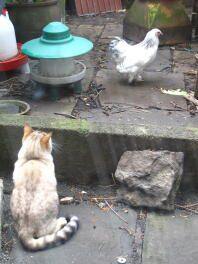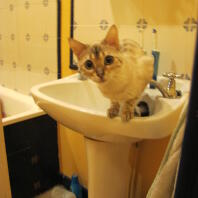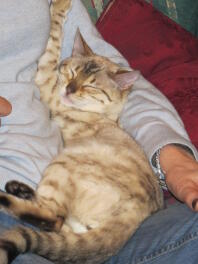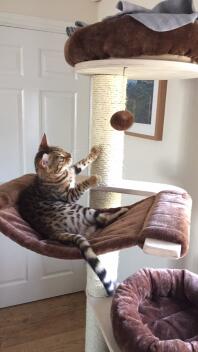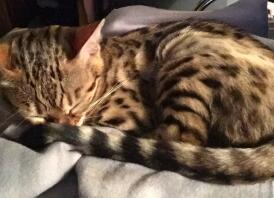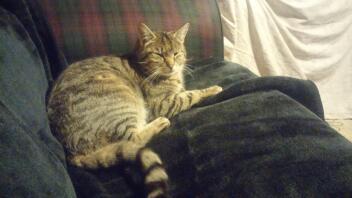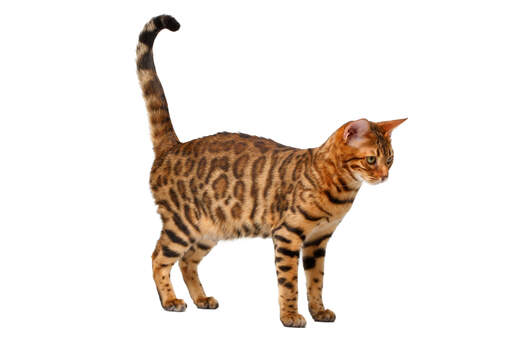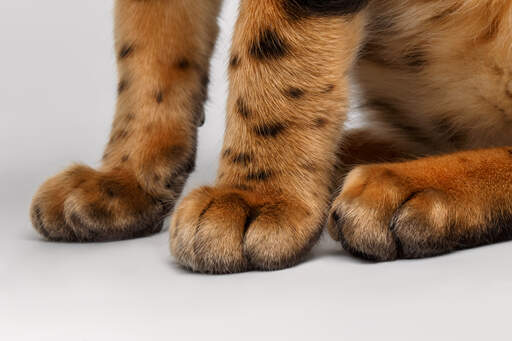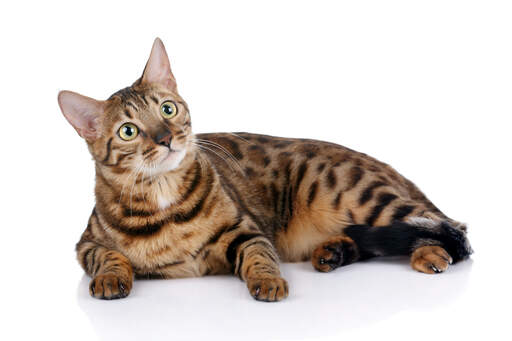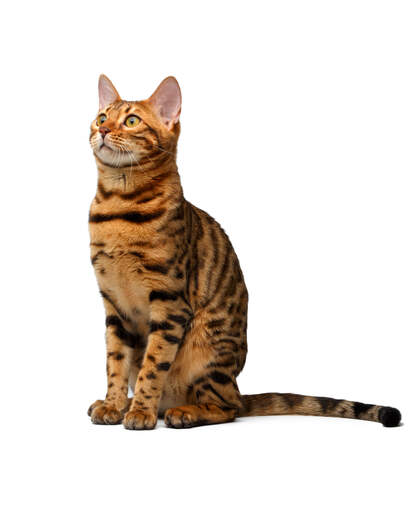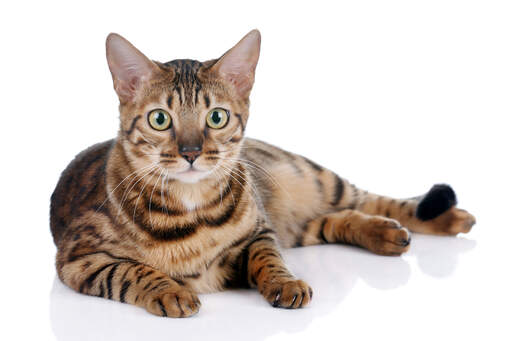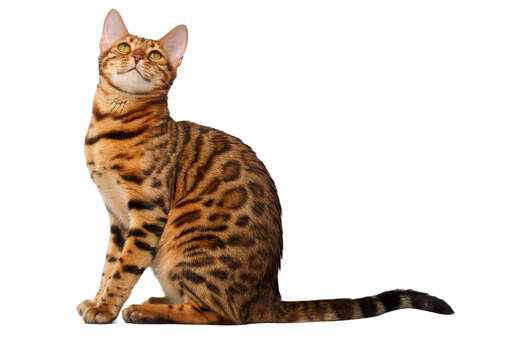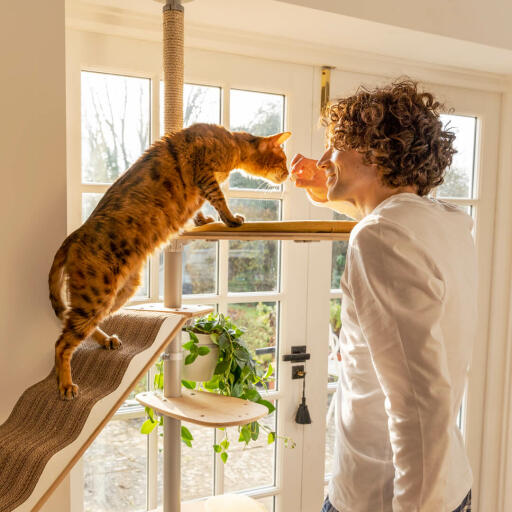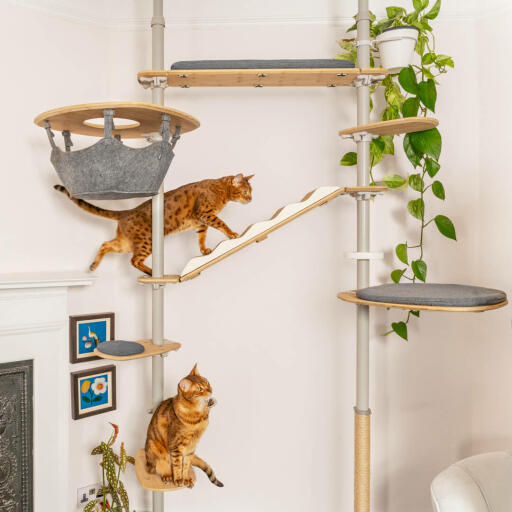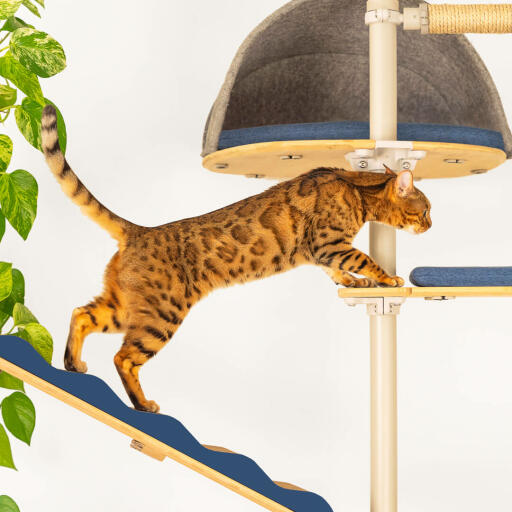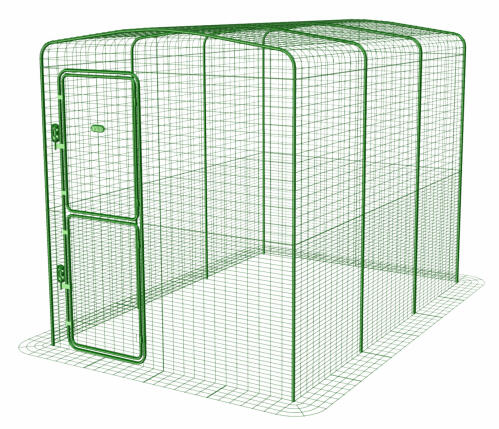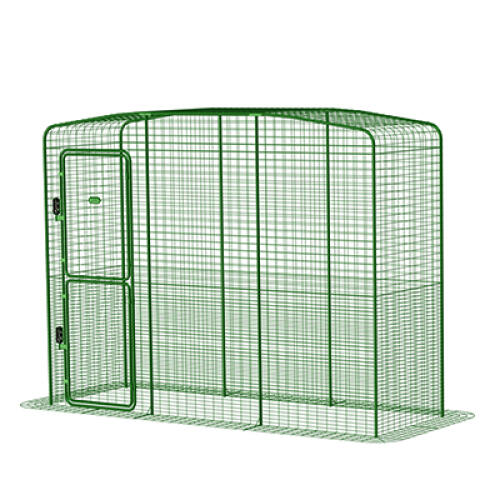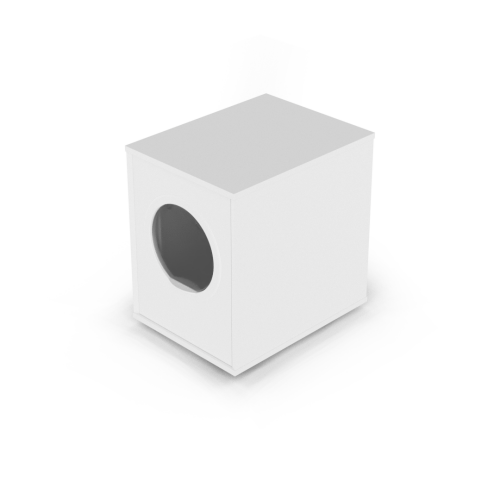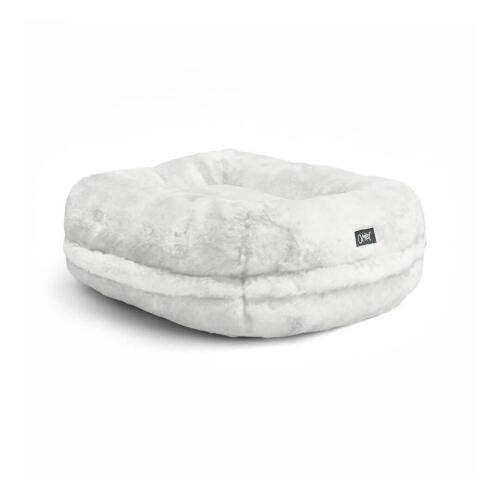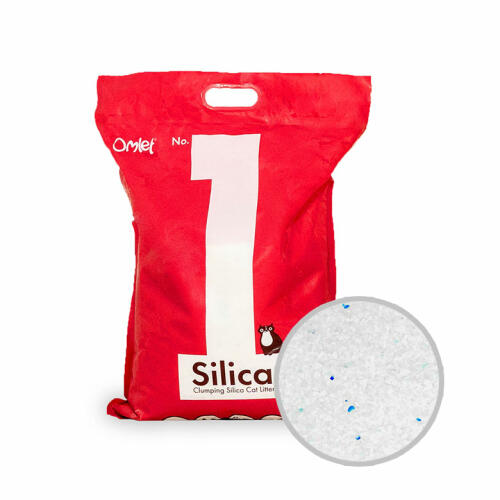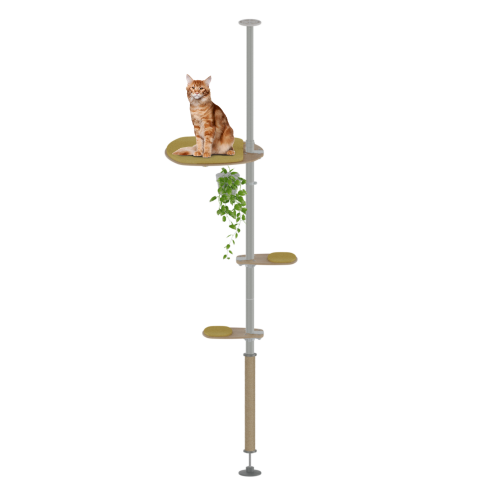Bengal Cats









Historia i wygląd
The Bengal cat breed started its development in the 1970s. Scientists crossed the domestic cat and Asian Leopard Cat (ALC) with the primary aim of introducing the ALC's immunity to Feline Leukemia to the domestic cat population. These experiments failed, but the unique wild look of the hybrid caught the eye of several cat fanciers. Many of the hybrids from the experiments of Dr William Centerwall were given to Jean Sudgen Mill. Mill began to further develop the breed and bred from these cats, and today's Bengal cats can be traced back to Mill’s cats. The breeding programmes incorporated other breeds including the Abyssinian, British Shorthair, Bombay, and Egyptian Mau. The Bengal breed was officially recognised in the 1980s. The name ‘Bengal’ comes from the latin name for the ALC, ‘Prionailurus bengalensis’.
Today the Bengal cat is one of the most popular breeds all over the world and there are lots of successful breeders. Because the Bengal breed is derived from a wild cat there are different ‘foundation’ cats (F1, F2, and F3). The number refers to how many generations the individual is from the Asian Leopard Cat. F1, F2,and F3s are not allowed to be showed and only the females are used in breeding.
Zachowanie i hodowla
The Bengal cat is a very energetic, playful, and intelligent breed. This breed is generally not recommended for first time cat owners as they can be a handful. Bengals are very vocal cats and will chirp, and trill at their owners as if they are talking to you. Bengals love having their owners attention and will want to play regularly. This breed has even been known to enjoy playing fetch and playing in water! Because of their wild genetics Bengal cats need lots of mental stimulation and exercise to remain happy.
Odmiany
Seal sepia, brown, silver, snow colours. Spotted, Rosetted and Marble coat patterns.
Informacje o rasie
- Status: Rasa powszechnie spotykana
- miejsce pochodzenia: USA
- Orientacyjny czas pochodzenia: 1970s
- Długość sierści: M
- Poziom aktywności: wysoki
- Głośność: wysoki
- Child friendly: Dobry dla dzieci
- Inteligencja:
- Skłonność do zabawy: Skłonny do zabawy
- Wymagania co do sierści: Rzadziej niż raz na tydzień
- Waga: 5.5 - 10kg
- Rozmiar: M
- Kot trzymany w domu czy na zewnątrz: Outdoor Cat
- Dopasowanie do innych zwierząt:
- Potrzeba towarzystwa:
Bengal Pictures
